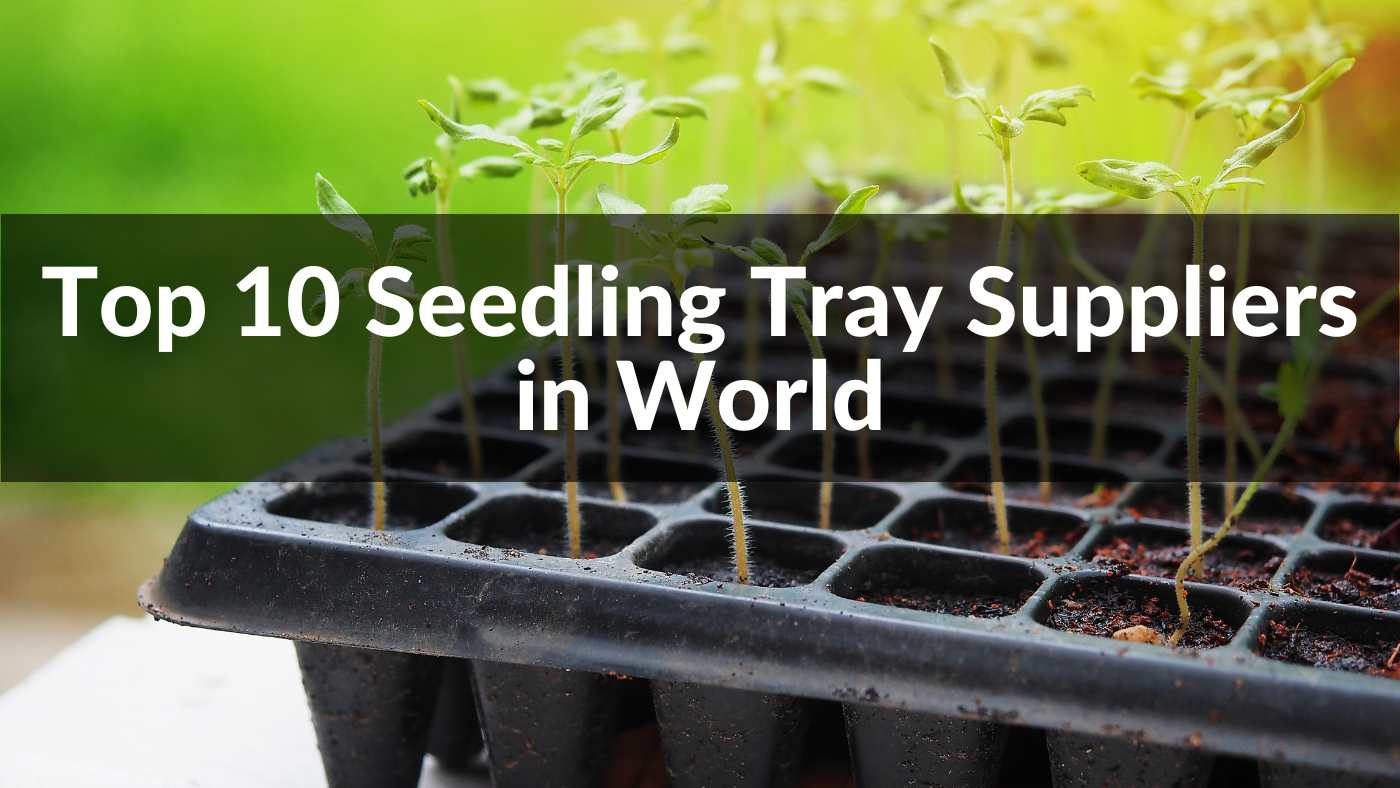Welcome to the enlightening world of Seed Root Controllers, a realm where the fusion of technology and nature unfolds the secrets to robust plant growth. In this comprehensive guide, we delve deep into the intricacies of Seed Root Controllers, uncovering their pivotal role in plant development, the variety of controllers available, and how to choose and apply them effectively. Whether you’re a seasoned agriculturist or a gardening enthusiast, understanding these controllers is key to unlocking the full potential of your plants.
In the dynamic world of agriculture and plant cultivation, Seed Root Controllers emerge as a pivotal technology, revolutionizing how we approach plant growth and development. But what exactly are these controllers? Simply put, Seed Root Controllers are innovative tools designed to optimize root growth and plant health from the seed stage. They work by regulating environmental factors such as moisture, nutrients, and temperature, ensuring that seeds have the ideal conditions for germination and root development.
These controllers play a crucial role in the early stages of a plant's life. They provide a controlled environment that fosters robust root systems, which are essential for absorbing water and nutrients efficiently. This is particularly significant in challenging conditions where water scarcity or poor soil quality might hinder growth. By using Seed Root Controllers, cultivators can ensure a strong start for their plants, leading to healthier growth and improved yields.
It's not just about the immediate benefits; the long-term impacts are equally important. Healthy root systems developed through these controllers can lead to improved plant resilience, enabling them to withstand adverse conditions like drought or pests more effectively. This technology aligns seamlessly with the goals of sustainable agriculture, providing a pathway to grow healthier plants with reduced environmental impact.
Delving deeper into the world of plant cultivation, it becomes evident that Seed Root Controllers are more than just tools; they are integral to the developmental journey of a plant. Their role in plant development is multifaceted, addressing various growth stages from seed germination to mature plant growth.
During the initial phase of germination, Seed Root Controllers ensure that seeds receive the perfect balance of moisture and air, fostering an environment conducive to sprouting. This balance is critical; too much moisture can lead to rot, while too little can prevent germination. By maintaining this delicate equilibrium, these controllers set the foundation for healthy root development, which is crucial for the overall growth of the plant.
As the plant transitions from germination to root development, these controllers continue to play a vital role. They regulate the supply of nutrients and water, ensuring that the growing roots have access to the resources they need without being overwhelmed. This regulation not only promotes stronger roots but also helps in the development of a more robust plant structure, capable of supporting the plant as it matures.
Furthermore, Seed Root Controllers aid in protecting young plants from environmental stressors. By creating a controlled microenvironment, these tools can shield seedlings from extreme temperatures, pests, and diseases. This protection is crucial during the early stages of plant growth when seedlings are most vulnerable.
When it comes to Seed Root Controllers, diversity is key. Each type is designed to cater to different needs and environments, making it crucial for cultivators to choose the right one for their specific requirements. Let’s explore the various types of Seed Root Controllers available in the market.
Firstly, there are Hydroponic Root Controllers. These are ideal for soil-less cultivation, using nutrient-rich water solutions to promote root growth. They are perfect for controlled environments like greenhouses, where precision and efficiency are paramount. Hydroponic controllers allow for meticulous management of nutrient levels, pH balance, and oxygen supply, ensuring optimal conditions for root development.
Next, we have Soil-Based Root Controllers. These are designed for traditional soil cultivation, enhancing the soil's natural properties to support root growth. They often include components that improve soil aeration, water retention, and nutrient distribution. This type of controller is excellent for outdoor cultivation and is particularly useful in areas with challenging soil conditions.
Another notable type is the Organic Root Controllers. These are made from natural, organic materials and are ideal for sustainable and eco-friendly cultivation practices. They not only encourage healthy root growth but also contribute to the overall health of the soil ecosystem.
Lastly, there are Smart Root Controllers, which represent the cutting edge of agricultural technology. These controllers are equipped with sensors and automated systems that continuously monitor and adjust conditions based on the plant's growth stage and environmental factors. They are perfect for tech-savvy cultivators who seek precision and convenience in their cultivation practices.
The journey to optimal plant growth begins beneath the surface – with your soil. The type and quality of the soil are foundational in choosing an effective Seed Root Controller. Conducting thorough soil testing for nutrient levels is not just a recommendation; it's a necessity. This process reveals the unique composition of your soil, including pH levels, nutrient content, and moisture capacity. Understanding these aspects allows you to match controllers to your soil's specific needs, creating a tailored environment that fosters healthy root development and, subsequently, robust plant growth. It's about creating harmony between the soil's natural characteristics and the technological enhancements provided by the controller.
In addition to nutrient analysis, assessing soil type – whether it's sandy, loamy, clay, or a mixture – helps in determining the right kind of controller. Different soil types have varying capacities for water retention and aeration, which are crucial for root health. Therefore, choosing a controller that complements your soil type can significantly improve plant development.
Plants are as diverse as the environments they grow in. Each variety comes with its unique set of requirements for optimal growth. This diversity necessitates a deep understanding of the specific needs of different plants when selecting a Seed Root Controller. Some plants thrive in moist conditions, while others prefer a drier environment. Similarly, certain plants might require higher nutrient levels than others. Ensuring that your chosen Seed Root Controller is compatible with the types of plants you wish to cultivate is essential. This compatibility not only promotes healthy growth but also maximizes yield and quality.
For instance, if you're cultivating plants that are native to arid regions, your controller choice should lean towards systems that provide efficient water usage and excellent drainage. Conversely, plants accustomed to wetter climates might require a controller that maintains higher moisture levels. Understanding these nuances can make all the difference in your cultivation success.
Your local climate and broader environmental conditions play a significant role in the effectiveness of Seed Root Controllers. A controller that excels in a tropical climate may not perform as well in colder regions. Adapting to your specific climate involves understanding the typical weather patterns, temperature ranges, and humidity levels of your area. For instance, areas with high temperatures and intense sunlight might require controllers with robust moisture retention capabilities, while cooler climates may need controllers that help warm the soil and protect roots from cold stress.
In addition to adapting to the general climate, it's also important to consider controllers designed for extreme weather conditions. This is especially relevant in areas prone to droughts, floods, or other harsh weather events. Controllers that can help mitigate these extremes can be crucial in preserving your crops during challenging times.
Budget considerations are often a decisive factor in selecting Seed Root Controllers. It's important to balance cost with quality and functionality. While high-end controllers may offer more features and precision, there are also cost-effective options that can meet the basic needs of your cultivation. It's about finding the best value for your investment, ensuring that you don't compromise on quality while staying within your budget.
The effectiveness of Seed Root Controllers is significantly influenced by the application methods employed. Different controllers may require different techniques, such as spraying or direct application. Spraying is often used for liquid formulations, allowing for uniform distribution over a larger area. It's particularly effective for hydroponic systems or when applying liquid nutrients. On the other hand, direct application is more suitable for solid or granular controllers, directly targeting the root zone of plants.
Timing and frequency of application are also critical. The developmental stage of the plant, the type of controller, and environmental conditions all dictate the optimal timing. Some controllers may require a one-time application, while others might need periodic reapplication. Understanding the specific requirements of your chosen controller and closely following the manufacturer's guidelines can maximize their effectiveness and ensure the health of your plants.
Calculating the correct dosage and adjusting the concentration of Seed Root Controllers is essential for their success. Over-application can be just as detrimental as under-application. For instance, excessive nutrients can lead to nutrient burn, while insufficient amounts may not provide the desired benefits. The key is to calculate the correct dosages based on the size of your cultivation area, the type of plants, and the specific controller being used.
Additionally, the concentration of these controllers often needs to be adjusted for various plant stages. Seedlings may require a different nutrient concentration compared to mature plants. Regularly monitoring plant health and growth can provide cues for when adjustments are necessary, ensuring that your plants receive the optimal level of support at each stage of their development.
Safety should always be a priority when applying Seed Root Controllers. This includes using personal protective equipment (PPE) such as gloves, masks, and protective eyewear, especially when handling chemical-based controllers. PPE ensures your safety and minimizes the risk of exposure to potentially harmful substances.
In conclusion, the journey through the world of Seed Root Controllers brings us to a pivotal point: the choice of manufacturer. For those seeking excellence and innovation in root controller technology, look no further than Linkwin, China's leading manufacturer in this field. Embracing Linkwin's advanced solutions means not only enhancing your cultivation success but also joining a community dedicated to sustainable and efficient plant growth. Explore their diverse range of products and tap into a wealth of expertise by visiting www.agriculturaltool.com. With Linkwin, transform your agricultural practices and step into a future where growth and sustainability flourish hand in hand.











We use cookies to make the website work, to provide advanced features, social media and traffic analysis, and we use analytics and third-party advertising cookies. If you choose to click "Deny All", you will retain the default setting of not allowing the use of cookies or other tracking tools other than technical tools.

